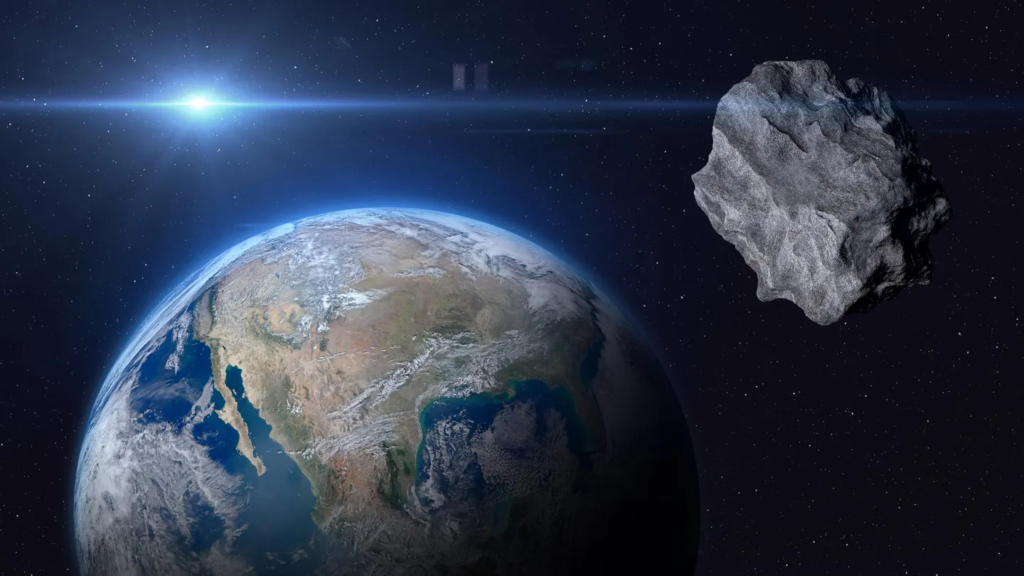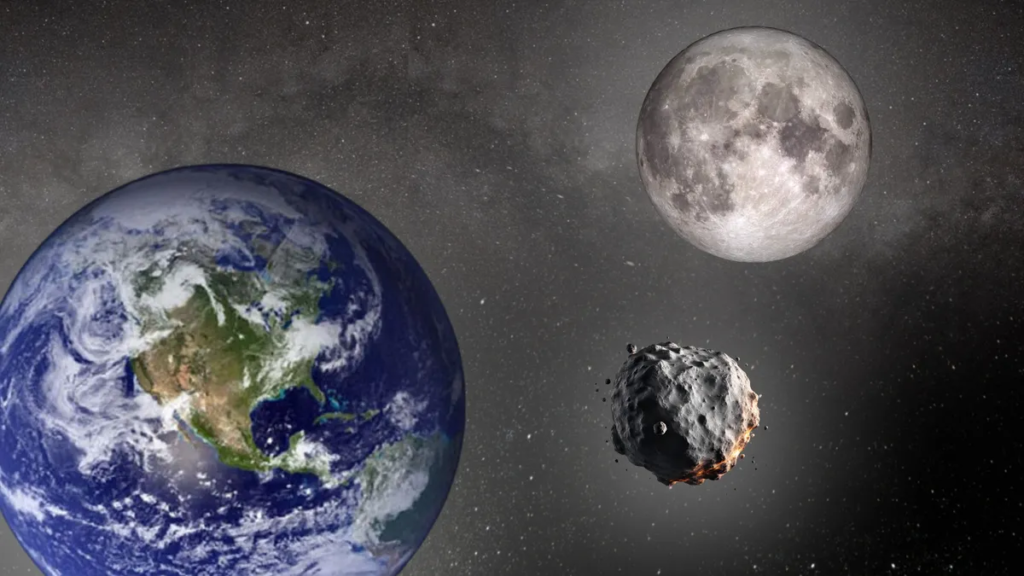
Earth is set to have a temporary second “mini-moon” this year. The asteroid, named 2024 PT5, will orbit our planet from September 29th to November 25th. It’s a relatively small object, but its temporary orbit around Earth will make it a fascinating celestial phenomenon for astronomers and space enthusiasts alike.
Who says asteroids are dangerous? Starting September 29, 2024, Earth will have a second moon for about two months. This “mini-moon” is a small asteroid, named 2024 PT5, which will temporarily orbit our planet until November 25. Discovered in August by NASA-funded researchers in South Africa, 2024 PT5 is about the size of a bus, approximately 33 feet long.
This asteroid comes from a group of asteroids known as the Arjuna belt, which orbits the Sun. When 2024 PT5 comes close to Earth, our planet’s gravity will capture it, pulling it into a temporary orbit. Unlike Earth’s permanent moon, this asteroid will travel in a unique, horseshoe-shaped orbit.
Mini-moons are rare occurrences. Some asteroids either pass by Earth or collide with it, but sometimes Earth’s gravity captures them, turning them into temporary moons. This asteroid will orbit Earth for 57 days before returning to its path around the Sun.
Even after it leaves orbit, it will stay near Earth for a few months, making its closest approach on Jan. 9, 2025. Soon after, it will leave Earth’s neighborhood until its path puts it back into our orbit in about 30 years. It will make its closest approach to Earth in January 2025 before drifting away, with a possible return to Earth’s orbit in 2055.
An asteroid called 2020 CD3 was bound to Earth for several years before leaving the planet’s orbit in 2020 and another called 2022 NX1 became a mini-moon of Earth in 1981 and 2022 and will return again in 2051.
Sadly, the 2024 PT5 won’t be visible to the naked eye due to its small size. Only professional-grade telescopes will be able to spot it. Despite its brief visit, this temporary mini-moon offers scientists a chance to study how asteroids interact with Earth’s gravity.

